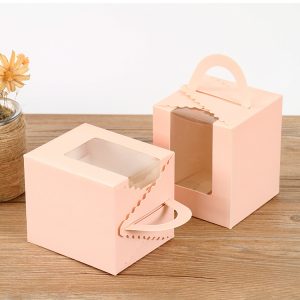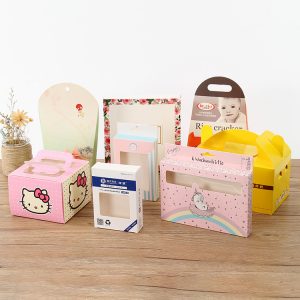Packaging plays a vital role in ensuring food safety throughout the entire supply chain, from production and transportation to retail and consumption. Properly designed and implemented food packaging helps prevent contamination, spoilage, and other hazards that could compromise food safety. Here are some ways packaging contributes to food safety:
- Physical Protection: Packaging provides a physical barrier that protects food from external contamination, such as dirt, dust, pests, and physical damage during handling and transportation.
- Barrier Properties: Packaging can act as a barrier against oxygen, moisture, and light, which are factors that can cause food to spoil, degrade in quality, or lead to the growth of harmful microorganisms.
- Tamper-Evident Features: Packaging with tamper-evident seals or closures helps ensure that the food has not been compromised or tampered with before purchase.
- Temperature Control: Insulated packaging helps maintain proper temperature conditions, especially for perishable and temperature-sensitive foods, reducing the risk of bacterial growth and foodborne illnesses.
- Modified Atmosphere Packaging (MAP): MAP adjusts the gas composition inside the package to extend shelf life and reduce the growth of spoilage microorganisms, ensuring the product remains safe and fresh.
- Product Information: Packaging often contains essential information such as ingredients, allergens, nutrition facts, and expiration dates, enabling consumers to make informed choices and avoid potential allergens.
- Food Contact Materials: Packaging materials undergo rigorous testing to ensure they do not transfer harmful substances to the food, guaranteeing that the packaging remains safe for use.
- Recall Management: Packaging helps facilitate product recalls when necessary by providing necessary identification details like batch numbers and expiry dates.
- Single-Use Packaging: Single-use packaging helps prevent cross-contamination between different food items or between raw and cooked foods.
- Safe Handling and Storage Instructions: Packaging often includes instructions on proper handling, storage, and cooking of the food to ensure it is consumed safely.
- Traceability: Packaging can include barcodes or QR codes that enable end-to-end traceability, helping track products throughout the supply chain, and facilitating targeted recalls if necessary.
- Portion Control: Individual and portioned packaging minimizes the risk of overconsumption or improper handling, reducing food safety hazards.
It’s important to note that while packaging is a critical element of food safety, it should be used in conjunction with other food safety practices, such as proper hygiene, temperature control, and adherence to food safety regulations. Regular monitoring, inspection, and compliance with food safety standards ensure that packaging contributes effectively to maintaining the safety and quality of food products.








